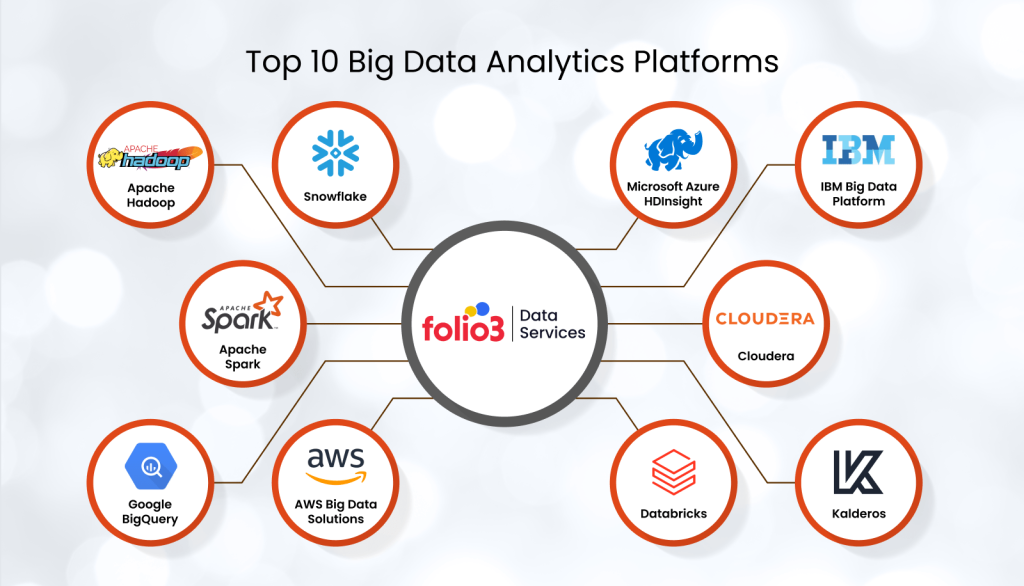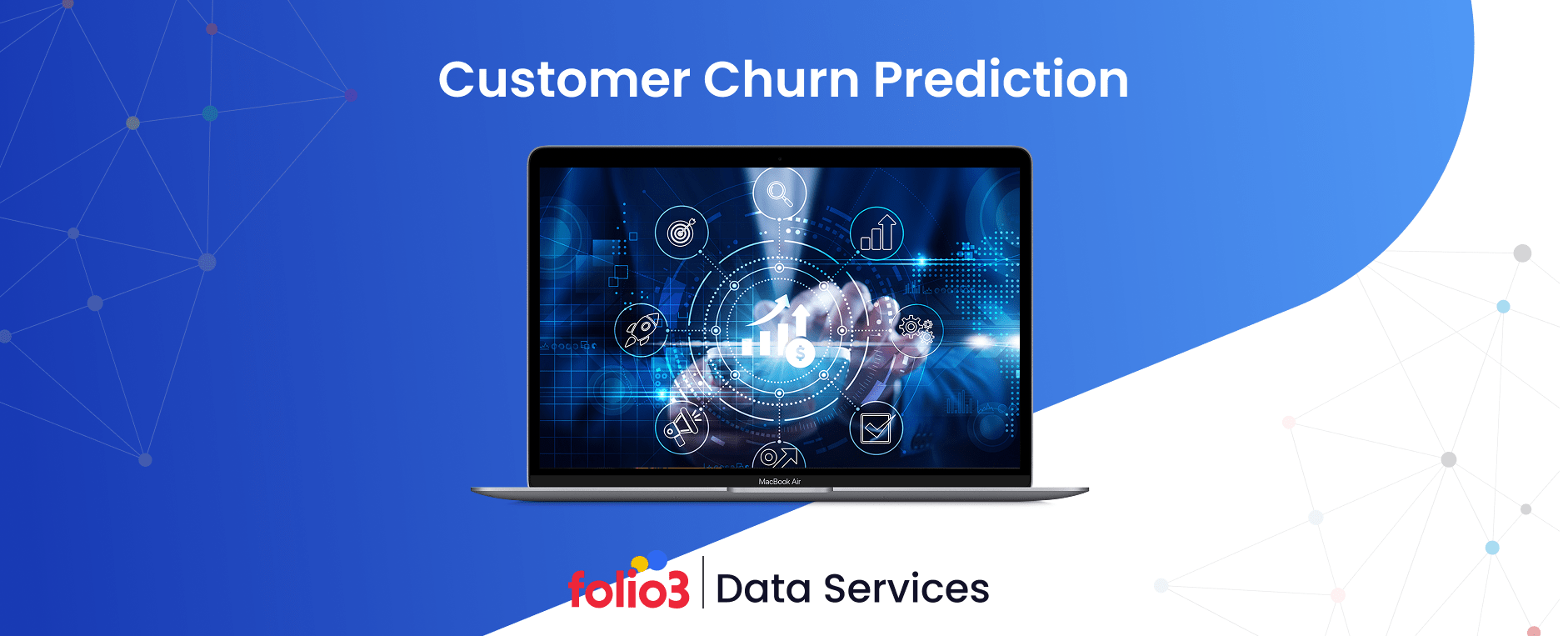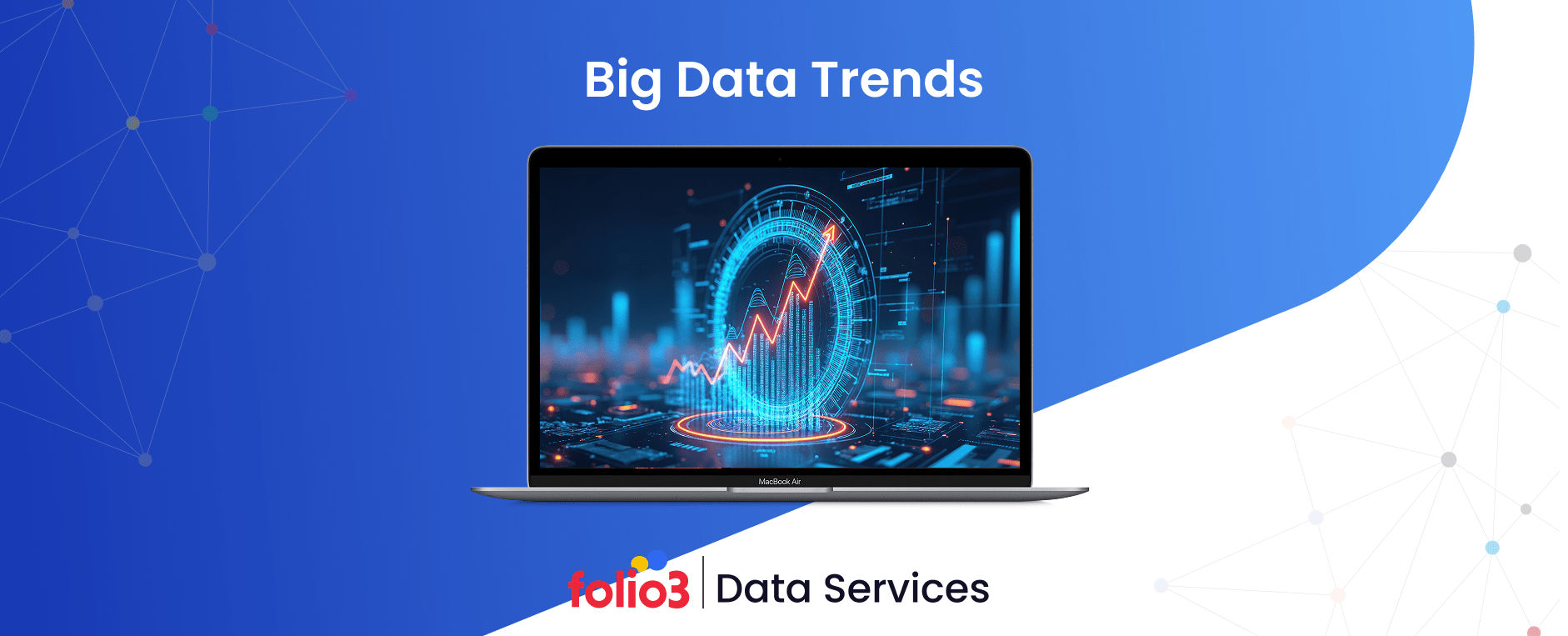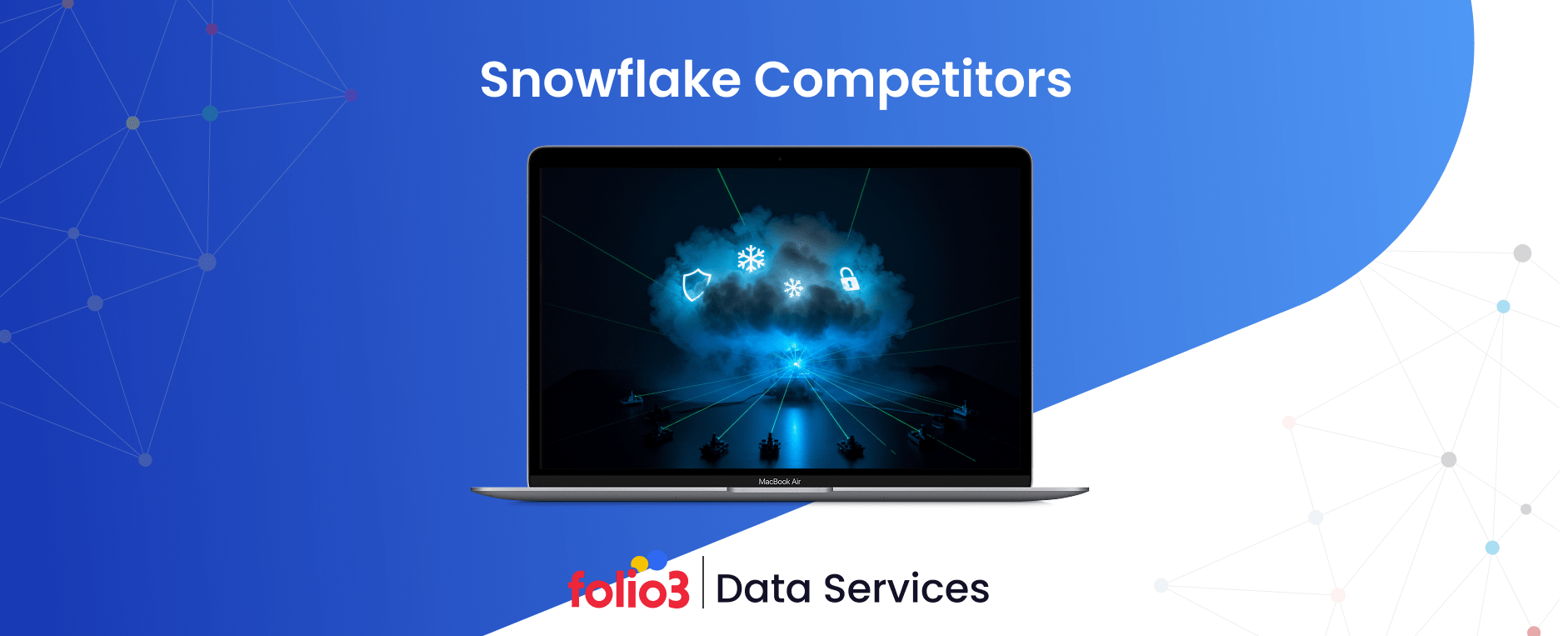The importance of big data in modern industries cannot be overstated. With over 2.5 quintillion bytes of data generated daily, organizations across sectors increasingly rely on big data platforms to harness this vast amount of information, turning raw data into actionable insights.
According to Statista, 75% of global companies are expected to adopt big data analytics between 2023 and 2027, and around 86% plan to adopt digital platforms and apps, underscoring the critical role of these technologies in driving innovation, efficiency, and competitiveness.
This blog provides an in-depth overview of the top 10 big data platforms and tools, helping businesses navigate the rapidly evolving data analytics landscape.
Explore the table for a quick overview:
What Are Big Data Platforms?

Big data platforms are comprehensive software solutions designed to manage, process, and analyze large volumes of structured, semi-structured, and unstructured data. These platforms provide the tools and infrastructure to handle data that traditional databases cannot efficiently manage due to their volume, velocity, and variety.
Big data platforms integrate various components, including data storage, processing engines, analytics tools, and user interfaces, to facilitate the end-to-end process of extensive data management.
The importance of a data analytics strategy is paramount in these platforms, as they enable organizations to collect data from multiple sources, process it in real-time or batch mode, and extract valuable insights to drive decision-making.
Key Features of Big Data Platforms
- Scalability: Big data platforms are designed to scale horizontally, allowing them to handle increasing data volumes by adding more resources, such as storage or processing power.
- Distributed Computing: Most big data platforms utilize distributed computing frameworks like Hadoop or Spark, which divide data processing tasks across multiple nodes in a cluster. This approach accelerates data processing and enables the handling of massive datasets. Many organizations leverage data analytics solutions alongside these frameworks to efficiently derive insights and maximize value from large-scale data.
- Real-time Processing: Many big data platforms support real-time processing, enabling organizations to analyze streaming data and make timely decisions.
- Data Integration: These platforms can integrate data from various sources, including databases, IoT devices, social media, and enterprise applications, providing a unified view of the data.
- Advanced Analytics: Big data platforms often have built-in analytics tools or integrations with machine learning libraries, allowing users to perform complex data analysis, predictive modeling, and pattern recognition.
- Security and Compliance: As data security and privacy concerns grow, big data platforms include features for encryption, access control, and compliance with regulations such as GDPR.
Top 10 Big Data Analytics Platforms
When dealing with massive datasets, choosing the right big data analytics platform can be crucial for efficient processing, analyzing, and deriving insights.
Below, we’ll explore the top 10 big data analytics platforms leading the industry, highlighting their key features, everyday use cases, and the pros and cons associated with each.

1. Apache Hadoop
Overview
Apache Hadoop is an open-source framework that provides a reliable, scalable, and distributed computing environment. It is designed to store and process large data sets across clusters of computers using simple programming models.
Key Features
- HDFS (Hadoop Distributed File System): A highly fault-tolerant file system that enables large-scale storage.
- MapReduce: A programming model for processing and generating large data sets with a parallel, distributed algorithm on a cluster.
- YARN (Yet Another Resource Negotiator): Manages and schedules resource allocation across the Hadoop system.
Use Cases
- Data warehousing: Storing and analyzing large volumes of structured and unstructured data.
- Log and event data processing: Analyzing massive log files and event data in real-time or batch mode.
- Fraud detection: Identifying fraudulent activities by analyzing vast amounts of transaction data.
Pros and Cons
- Pros: Cost-effective, highly scalable, fault-tolerant.
- Cons: Complex setup and management, slower processing speed compared to newer technologies like Spark.
2. Snowflake
Overview
Snowflake is a cloud-based data warehousing platform offering scalable, secure, fast data storage and analytics capabilities. Through Snowflake Consulting, organizations can optimize their use of the platform, ensuring seamless integration with various cloud services and enhanced data processing efficiency.
Key Features
- Elastic Scaling: Automatically scales compute resources to handle varying workloads.
- Support for Structured and Semi-Structured Data: It efficiently processes structured and semi-structured data, such as JSON, Avro, and Parquet.
- Secure Data Sharing: Allows secure data sharing across organizations without transferring data.
Use Cases
- Data warehousing: Storing and querying massive datasets with ease.
- Data integration: Integrating and managing data from multiple sources.
- Analytics and BI: Generating insights and reports using business intelligence tools.
Pros and Cons
- Pros: Scalable, easy to use, integrates with various cloud services.
- Cons: Costs can increase with heavy usage, relatively new compared
3. Apache Spark
Overview
Apache Spark is a unified analytics engine for big data processing with built-in modules for streaming, SQL, machine learning, and graph processing. It is designed to be fast and general-purpose, capable of processing large datasets quickly by leveraging in-memory processing.
Key Features
- In-Memory Processing: Allows faster data processing by keeping data in memory rather than reading and writing from disk.
- Integrated Libraries: This category includes libraries for SQL, machine learning, and graph computation, enabling various applications.
- Compatibility: Works with Hadoop and can run on a cluster of computers.
Use Cases
- Real-time data analytics: Analyzing streaming data in real-time for immediate insights.
- Machine learning: Training models on large datasets using MLlib, Spark’s machine learning library.
- Interactive data exploration allows data scientists to explore and manipulate large datasets interactively.
Pros and Cons
- Pros: Fast processing, versatile, extensive community support.
- Cons: High memory usage can be complex to deploy and manage for large-scale applications.
4. Google BigQuery
Overview
Google BigQuery is a fully managed, serverless data warehouse allowing super-fast SQL queries using Google’s infrastructure. It is designed to analyze large datasets efficiently. Data strategy consulting can help organizations integrate BigQuery into their existing data strategy, optimizing its use for specific business intelligence needs and cost management.
Key Features
- Serverless Architecture: Automatically manages and scales resources, reducing the operational burden on users.
- Real-Time Analytics: Capable of querying data in real-time, making it ideal for applications requiring instant insights.
- Integration: Seamlessly integrates with other Google Cloud services like Google Analytics and Data Studio.
Use Cases
- Data warehousing: Storing and querying massive datasets without needing to manage infrastructure.
- Business intelligence: Using SQL queries to generate reports and dashboards for decision-making.
- Log analysis: Analyzing logs and other event data for operational insights.
Pros and Cons
- Pros: Fully managed, fast, integrates well with Google’s ecosystem.
- Cons: High costs with large-scale queries, as well as data transfer fees, may apply.
5. AWS Big Data Solutions
Overview
Amazon Web Services (AWS) provides a comprehensive suite of big data solutions, including Amazon EMR (Elastic MapReduce), Redshift, and Kinesis. These services cater to significant data needs, from processing and warehousing to real-time analytics.
Key Features
- Amazon EMR: Simplifies running big data frameworks like Hadoop and Spark on AWS.
- Amazon Redshift: A fast, scalable data warehouse service for performing complex queries.
- Amazon Kinesis: Enables real-time data streaming and analytics.
Use Cases
- Data warehousing: Redshift is used to store and analyze large datasets.
- Real-time streaming: Utilizing Kinesis for processing and analyzing streaming data from various sources.
- Data processing: Running large-scale data processing jobs using EMR.
Pros and Cons
- Pros: Scalable, integrated with AWS ecosystem, diverse set of tools.
- Cons: It can be complex to manage, and costs can accumulate quickly, especially with heavy usage.
6. Microsoft Azure HDInsight
Overview
Microsoft Azure HDInsight is a fully managed, full-spectrum, open-source analytics service for enterprises in the cloud. It lets users quickly run open-source frameworks like Hadoop, Spark, and Hive on Azure.
Key Features
- Managed Clusters: Offers fully managed Hadoop clusters in the cloud, reducing operational overhead.
- Security and Compliance: Built-in security features and compliance certifications make it suitable for enterprise environments.
- Integration: Seamlessly integrates with other Azure services, such as Azure Data Lake and Azure SQL Data Warehouse.
Use Cases
- Enterprise data warehousing: Storing and analyzing massive amounts of data in a secure environment.
- Big data analytics: Running complex analytics queries on large datasets.
- Data engineering: Using HDInsight to build and manage data pipelines.
Pros and Cons
- Pros: Easy integration with Azure services, robust security features, and managed service reduce operational effort.
- Cons: It can be costly and may require significant expertise to leverage fully.
Organizations often turn to data lake consulting services to help design and optimize HDInsight deployments—ensuring proper architecture, governance, and integration across the Azure ecosystem.
7. IBM Big Data Platform
Overview
IBM’s Big Data Platform offers tools for managing and analyzing big data, including IBM Watson Studio, IBM Db2 Big Data, and IBM Cloud Pak for Data. It is known for its comprehensive capabilities and focus on enterprise-grade solutions.
Key Features
- Watson Studio: Provides tools for data scientists to build and deploy machine learning models.
- IBM Db2 Big Data: A powerful database management system for big data applications.
- Cloud Pak for Data: An integrated data and AI platform that helps organizations prepare and analyze data.
Use Cases
- Predictive analytics: Using IBM Watson to predict trends and outcomes based on big data.
- Data management: Managing large volumes of structured and unstructured data.
- AI and machine learning: Developing AI-driven applications using Watson’s machine learning capabilities.
Pros and Cons
- Pros: Strong enterprise focus, advanced analytics and AI capabilities, robust security.
- Cons: High cost, may have a steep learning curve for some users.
8. Cloudera
Overview
Cloudera provides an enterprise data cloud platform that combines the capabilities of Apache Hadoop and Apache Spark with advanced data management and analytics features. It is known for its scalability and flexibility.
Key Features
- Cloudera Data Platform (CDP): Offers a comprehensive suite for data engineering, data warehousing, and machine learning.
- Hybrid and Multi-Cloud: Supports hybrid and multi-cloud environments, allowing data to be managed across various cloud providers.
- Integrated Machine Learning: Provides integrated tools for building and deploying machine learning models.
Use Cases
- Data warehousing: Large-scale data warehousing and analytics.
- Data science and engineering: Building and managing data pipelines and machine learning models.
- Hybrid cloud deployments: Managing data across on-premises and cloud environments.
Pros and Cons
- Pros: Flexible, supports hybrid cloud, robust analytics, and data management features.
- Cons: It can be expensive and complex in deployment and management.
9. Databricks
Overview
Databricks is a unified analytics platform powered by Apache Spark, designed for data engineering, machine learning, and analytics. It is known for its collaborative environment, which facilitates teamwork between data scientists and engineers.
Key Features
- Managed Spark Clusters: Automatically scales Spark clusters to meet the demands of your workloads.
- Collaborative Workspace: Provides a collaborative environment for data scientists, engineers, and business analysts.
- Integrated Data Science Tools include data preparation, model training, and deployment tools.
Use Cases
- Real-time analytics: Processing and analyzing streaming data in real-time.
- Data science projects: Collaboratively developing and deploying machine learning models.
- Big data processing: Handling large-scale data processing tasks with Spark.
Pros and Cons
- Pros: Fast, unified analytics environment with solid collaboration features.
- Cons: It can be expensive, and new users have a steep learning curve.
10. Kalderos
Overview
Kalderos is a unique big data platform focused on healthcare, explicitly targeting drug discount management and compliance. It uses data analytics to streamline and optimize the complex interactions between manufacturers, healthcare providers, and payers, ensuring that discounts are applied correctly and compliantly. Kalderos has carved out a niche in the healthcare sector by leveraging big data to tackle industry-specific challenges.
Key Features
- Drug Discount Management: Provides tools to manage and optimize drug discounts, ensuring compliance with industry regulations.
- Data Integration: This process integrates data from various sources, including healthcare providers, manufacturers, and payers, to provide a holistic view.
- Compliance Monitoring: Monitors transactions to ensure all parties comply with relevant regulations, reducing non-compliance risk.
- Advanced Analytics: Uses machine learning and data analytics to detect anomalies, optimize processes, and generate insights.
Use Cases
- Healthcare Compliance: Ensuring drug discount programs are administered according to regulatory requirements.
- Fraud Detection: Identifying potential fraud or misuse of discount programs through data analytics.
- Revenue Management: Helping manufacturers optimize their revenue by accurately applying discounts and rebates.
Pros and Cons
- Pros: Specialized focus on healthcare, robust compliance and fraud detection features, effective integration of diverse data sources.
- Cons: It is limited to the healthcare sector, may not be suitable for organizations outside this industry, and can be complex to implement for large-scale operations.
Choosing the right big data platform is just the first step. Folio3 helps you design, integrate, and scale analytics ecosystems that turn data into business value.
Big Data Platforms Comparison Table
| Platform | Key Features | User Experience | Benefits |
| Apache Hadoop | – HDFS: Fault-tolerant file system – MapReduce: Parallel processing – YARN: Resource management | – Complex setup and management – Requires significant expertise – Good community support | – Cost-effective – Highly scalable – Fault-tolerant – Suitable for large-scale data processing |
| Snowflake | – Elastic Scaling – Support for structured and semi-structured data – Secure Data Sharing | – Easy to use – Intuitive interface – Good integration with cloud services | – Scalable – Easy to manage – Secure data sharing – Efficient data integration |
| Apache Spark | – In-Memory Processing – Integrated Libraries (SQL, ML, Graph) – Compatibility with Hadoop | – Fast processing – Versatile – Steeper learning curve for new users | – Rapid data processing – Supports various applications – Strong community support |
| Google BigQuery | – Serverless Architecture – Real-Time Analytics – Integration with Google Cloud services | – Fully managed with minimal setup – Fast SQL queries – Seamless integration with Google Cloud | – Fast query performance – Reduces operational burden – Integrates well with Google tools |
| AWS Big Data Solutions | – Amazon EMR: Big data frameworks – Redshift: Scalable data warehouse – Kinesis: Real-time streaming | – Integrated with AWS ecosystem – Various tools available – Complex management for extensive use | – Comprehensive toolset – Scalable – Diverse applications from warehousing to streaming |
| Microsoft Azure HDInsight | – Managed Clusters – Security and Compliance – Integration with Azure services | – Fully managed – Good integration with Azure – Robust security features | – Easy integration with Azure services – Strong security – Managed service reduces effort |
| IBM Big Data Platform | – Watson Studio: Machine learning tools – IBM Db2 Big Data – Cloud Pak for Data | – Enterprise-focused – Advanced analytics capabilities – Steeper learning curve | – Advanced AI and analytics – Robust security – Comprehensive enterprise tools |
| Cloudera | – Cloudera Data Platform (CDP) – Hybrid and Multi-Cloud support – Integrated Machine Learning | – Flexible – Scalable – Complex deployment and management | – Supports hybrid/multi-cloud – Strong analytics and management – Scalable for large enterprises |
| Databricks | – Managed Spark Clusters – Collaborative Workspace – Integrated Data Science Tools | – Unified analytics environment – Good for collaboration – Expensive for some users | – Fast processing – Collaboration features – Integrated data science tools |
| Kalderos | – Drug Discount Management – Data Integration – Compliance Monitoring – Advanced Analytics | – Specialized for healthcare – Complex to implement – Robust compliance features | – Tailored for healthcare – Effective compliance and fraud detection – Optimizes revenue management |
FAQs
Why is it important to choose the right big data software?
Choosing the right big data platform is crucial as it directly impacts data processing efficiency, cost-effectiveness, and the ability to gain actionable insights.
What are the key features to look for in big data tools?
To ensure the platform meets your needs, look for scalability, data integration capabilities, advanced analytics, security, and ease of use.
What are the advantages of using cloud-based big data platforms?
Cloud-based platforms offer flexibility, scalability, reduced infrastructure costs, and the ability to access and analyze data from anywhere.
How do big data platforms work?
Big data platforms collect, store, and process vast amounts of data using distributed systems like Hadoop and in-memory frameworks like Apache Spark. With the help of data engineering services, organizations can architect and optimize these platforms to ensure high data quality, streamline processing, and implement scalable infrastructure. These platforms also support advanced analysis techniques and present insights through dashboards. They scale efficiently by adding nodes to handle increasing data and processing demands.
Final words
Selecting the right big data platform will be really important for transforming massive data volumes into actionable insights. Whether considering Apache Hadoop for scalability or Snowflake for cloud flexibility, these platforms offer solutions tailored to various needs.
However, consider partnering with a Folio3 Data service provider who can help you understand your data strategy for enhanced performance and integrate the right big data platform and tool.





